12 Aggressive Funds to Buy for a Still-Bullish 2019
The stock market suffered two massive bouts of selling and volatility in 2018.


The stock market suffered two massive bouts of selling and volatility in 2018. The Nasdaq fell into correction mode, and most of the Standard & Poor’s 500-stock index’s components slipped into either a correction or an outright bear market.
And yet, the bull market may very well persist in 2019, keeping aggressive funds in play as we head into the new year.
For all the market’s problems, many fundamentals are fine. A still-expensive stock market did lose a little froth during the fourth quarter of 2018. Trade talks between the U.S. and China are threatening to take out one of the major headwinds on American stock performance. The economy is still growing, and the S&P 500’s companies are pushing out profit beats at levels not seen in years.
There are plenty of risks, of course, including a collapse in trade relations with China, “yield curve” inversion and continued weakness in the housing market. But if the right dominoes fall, investors can capitalize on a rebound with the right mix of aggressive mutual, exchange-traded and closed-end funds.
“Even an aggressive investor needs to make sure they stay diversified,” says Curtis Holden, senior investment officer of Tanglewood Total Wealth Management. “Consider ‘pair trades’ where aggressive investments complement one another as opposed to trades that are almost identical and will fall together if the original investment thesis was wrong.”
Here are 12 of the best aggressive funds to consider as we head into 2019. All of them have spread their assets across dozens, or even hundreds, of stocks. Moreover, they specialize in various sectors, so you can buy a few and keep a balanced (but still attack-ready) portfolio.
Data is as of Dec. 11, 2018. Yields represent the trailing 12-month yield, which is a standard measure for equity funds. Click on ticker-symbol links in each slide for current share prices and more.

Primecap Odyssey Growth
- Market value: $12.7 billion
- Dividend yield: 0.3%
- Expenses: 0.67%
- Primecap Odyssey Growth (POGRX, $37.48) is one of those rare breeds: a mutual fund that actually has beaten its benchmark for a long time.
POGRX has given investors an annualized 16.9% return over the past decade, versus 14.1% for the S&P 500, and it has also beaten the average large-cap growth fund (14.7%) over that time.
Outperformance is rare in the mutual fund world, and certainly among funds this cheap. Primecap Odyssey Growth’s 0.67% in annual fees has ticked up a basis point each year since 2013, but still is well below the 1.14% category average.
What is the secret to POGRX’s success? Selectivity. Primecap’s managers have invested in a carefully chosen group of growth companies, going beyond tech (29.9% of the fund’s assets) to make prudent bets on healthcare (31.3%), industrials (14.3%) and consumer discretionary stocks (11.1%) with strong revenue growth potential.
Primecap Odyssey – a member of our Kip 25 – gives investors a combination of market outperformance, growth and broad-sector diversification. That’s ideal for any investor who wants to bet big on a market recovery without overly concentrating their funds into just a few companies.
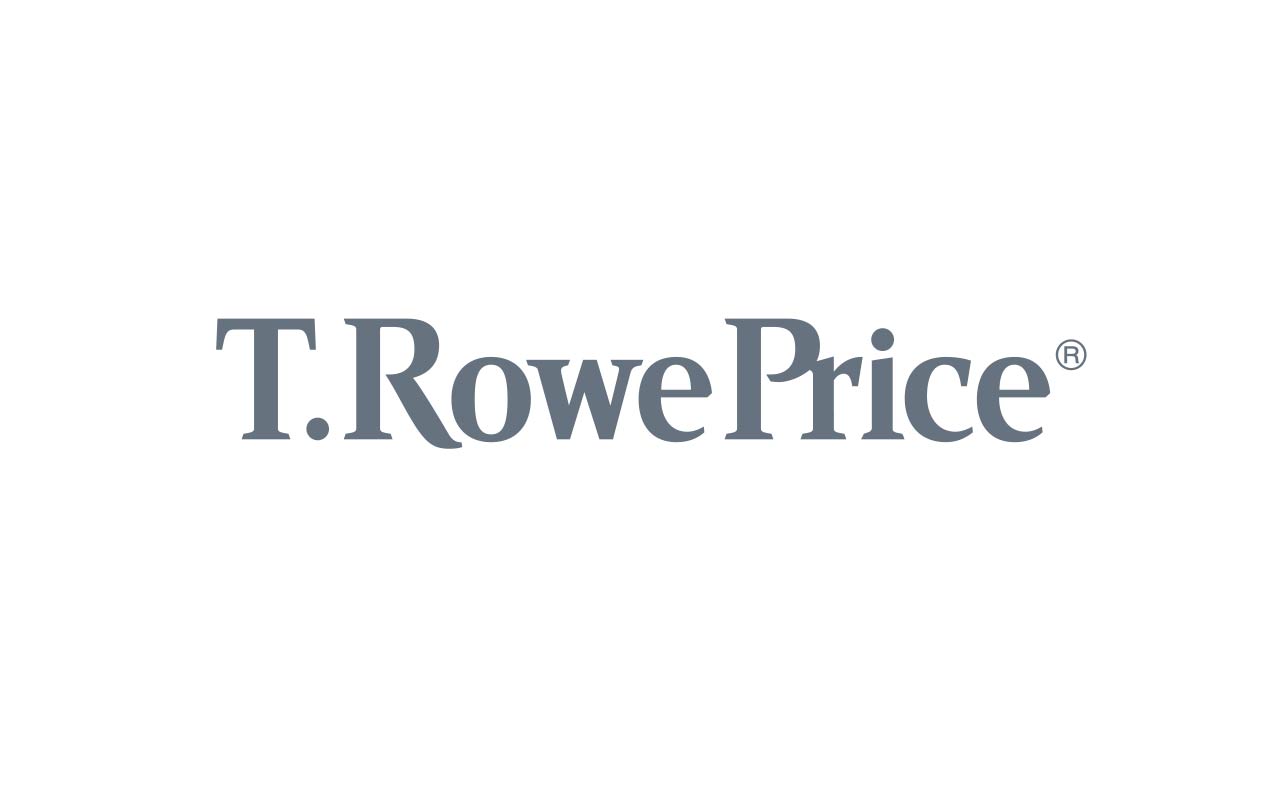
T. Rowe Price QM U.S. Small-Cap Growth Equity
- Market value: $6.9 billion
- Dividend yield: 0%
- Expenses: 0.79%
T. Rowe Price (TROW) has built a sizeable client base thanks to its typically affordable, quality funds. T. Rowe Price QM U.S. Small-Cap Growth Equity Fund (PRDSX, $34.43) is no exception. Over the past decade, PRDSX’s 17.4% average annual return has topped the S&P 500, its small-cap benchmark (16.4%) and the average fund in its category (15.0%).
Small-cap stocks are where you want to be if you’re betting on a market recovery, as they tend to outperform their large- and mid-cap brethren over the long-term. They also tend to be the place to be during market recoveries – two years after the early 2009 market low, the Russell 2000 Index of small-cap stocks had risen 87% versus the S&P 500’s roughly 58%. So in the future, if the market does suffer a significant downturn, know that small caps are a great place to camp out for a recovery.
PRDSX, which holds just fewer than 300 small caps including Burlington Stores (BURL) and Vail Resorts (MTN), is a smart way to make that bet. The fund returned 38% in 2009 and then 33.5% in 2010, clobbering the S&P 500’s 26.5% and 15.1% returns, respectively.
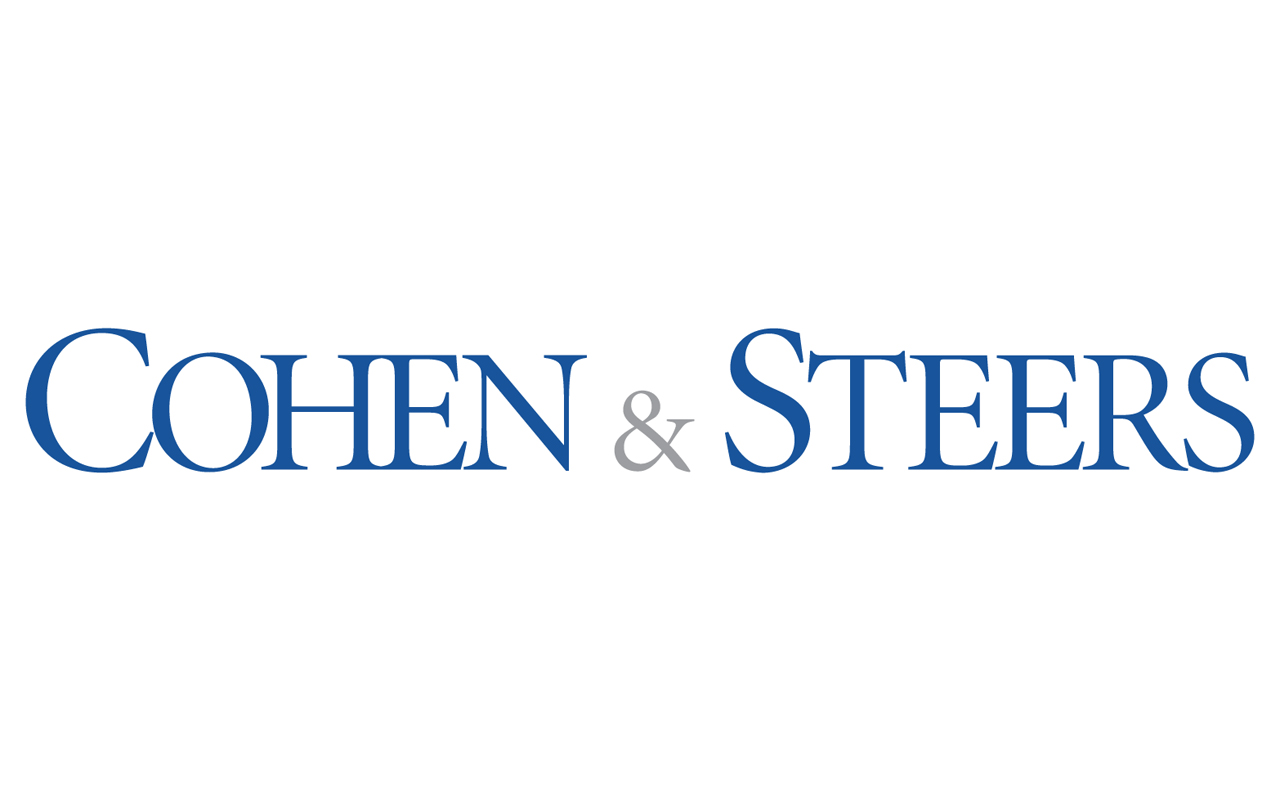
Cohen & Steers Total Return Realty Fund
- Market value: $314.5 million
- Distribution rate: 8.0%*
- Expenses: 0.87%
The Cohen & Steers Total Return Realty Fund (RFI, $12.03) – a closed-end fund (CEF) that invests primarily in real estate investment trusts (REITs) – has thrown off a meager return of less than 2% in 2018.
So why jump into real estate as we enter 2019?
A stronger economy (like the one we’re in right now) typically means more tolerance for higher rents, as well as higher occupancy rates in offices and retail spaces. Yet at the same time, REITs have been discounted for bigger vacancies for years, making them a great contrarian economic growth play.
And why RFI in particular?
The fund is a high-yielding play that has typically thrown off strong total returns over the long run. The fund’s 10-year average return sits at 15.9%, which edges out its benchmark of 15.8%. The fund is made up of a wide array of REITs, including 13% in apartments, 10% in data centers and 10% in healthcare. But 15% of the fund’s assets are invested in preferred stocks, lending stability and additional yield to this already income-friendly strategy.
Top holdings include the likes of logistics REIT Prologis (PLD), luxury apartments play UDR Inc. (UDR) and mall operator Simon Property Group (SPG).
*Distribution rate can be a combination of dividends, interest income, realized capital gains and return of capital, and is an annualized reflection of the most recent payout. Distribution rate is a standard measure for CEFs.

BlackRock Science & Technology Trust
- Market value: $643.8 million
- Distribution rate: 6.3%
- Expenses: 0.89%
The BlackRock Science & Technology Trust (BST, $28.78) offers a rarity in the tech space: an enormous yield, currently above 6%. That’s because it, like other CEFs, can use certain strategies to help juice performance and income, such as trading options on its holdings, as well as utilizing leverage (debt) to buy additional assets.
Technology has taken it on the chin in the waning months of 2018, weighing on returns as a whole. The Technology Select Sector SPDR ETF (XLK) has delivered less than 6% in total returns for the year-to-date, but BST and its hefty distribution have given its unitholders 16% more than they were sitting with at the start of 2018.
Technology is an increasingly important aspect of everyday life, and it’s seeping into other sectors, even, including healthcare and consumer products. That, as well as an improving economy’s tendency to buoy the tech sector, means good things for BST’s 83 holdings, which include the likes of Microsoft (MSFT), Amazon.com (AMZN) and Apple (AAPL). There’s some international exposure, too, with more than 30% invested in countries such as China – via stocks such as Alibaba (BABA) and Tencent (TCEHY) – the Netherlands and France.
Just note that BST’s 0.89% expense ratio is higher than what you’d expect from, say, an index ETF. That’s less a concern, though, in the case of an outperformer such as BST.
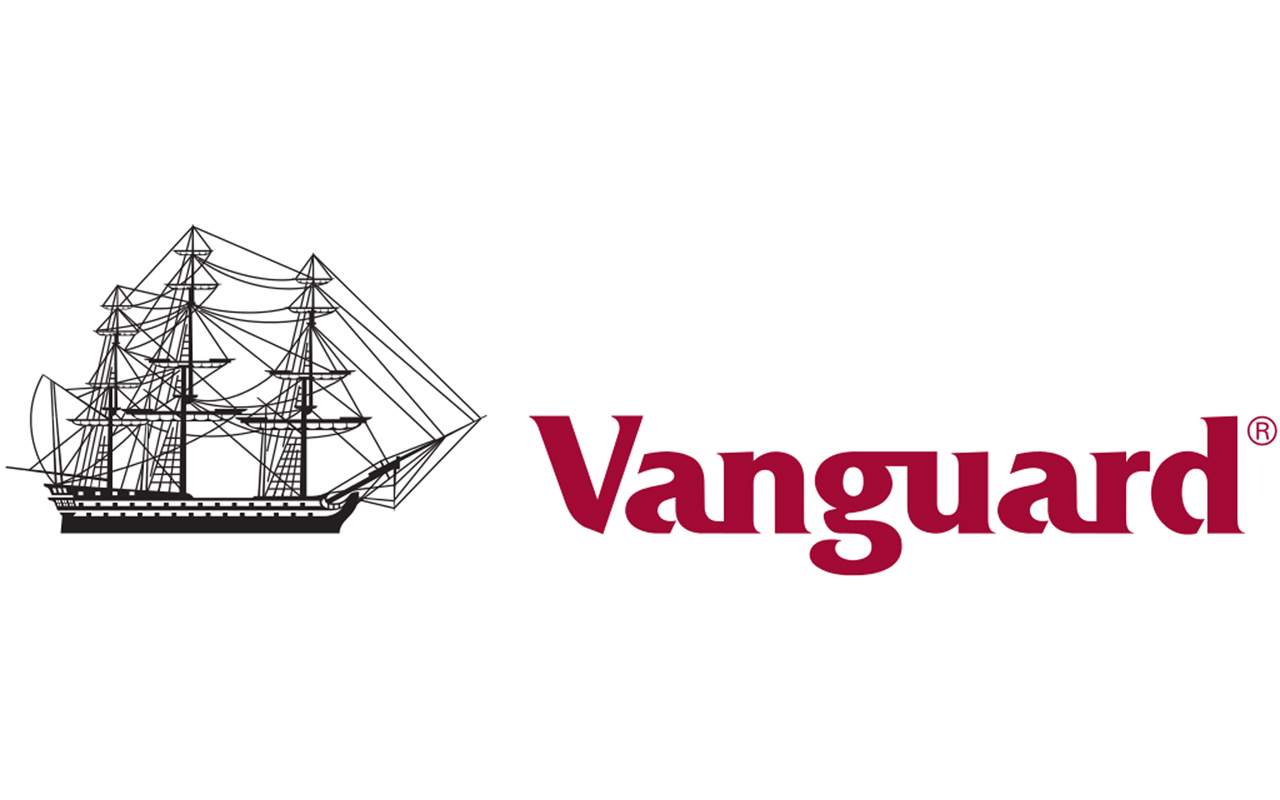
Vanguard Information Technology ETF
- Market value: $18.9 billion
- Dividend yield: 1.1%
- Expenses: 0.1%
For some investors, the expense line is the bottom line. That’s OK. If you want cheap without sacrificing too much quality, you’ll want to consider the Vanguard Information Technology ETF (VGT, $176.05) if you haven’t already.
VGT’s 0.1% expense ratio is very low for a sector-focused fund, and undercuts the XLK – the second largest tech-sector fund by assets – by three basis points. BST has been the better performer, but you’re still getting the outstanding performance of a sector that’s outstripping the S&P 500 by an annual average of 19.4%-14.1% over the past decade.
Vanguard Information Technology does offer a little bit of yield, primarily via more mature tech firms such as Cisco (CSCO), Oracle (ORCL) and International Business Machines (IBM) that aren’t delivering the explosive growth of yesteryear, but are trying to make up for it with increasingly hefty dividends.
As long as tech continues its long-term outperformance, VGT – and its shareholders – will benefit. And thanks to low fees, shareholders will be giving back very little of that action.
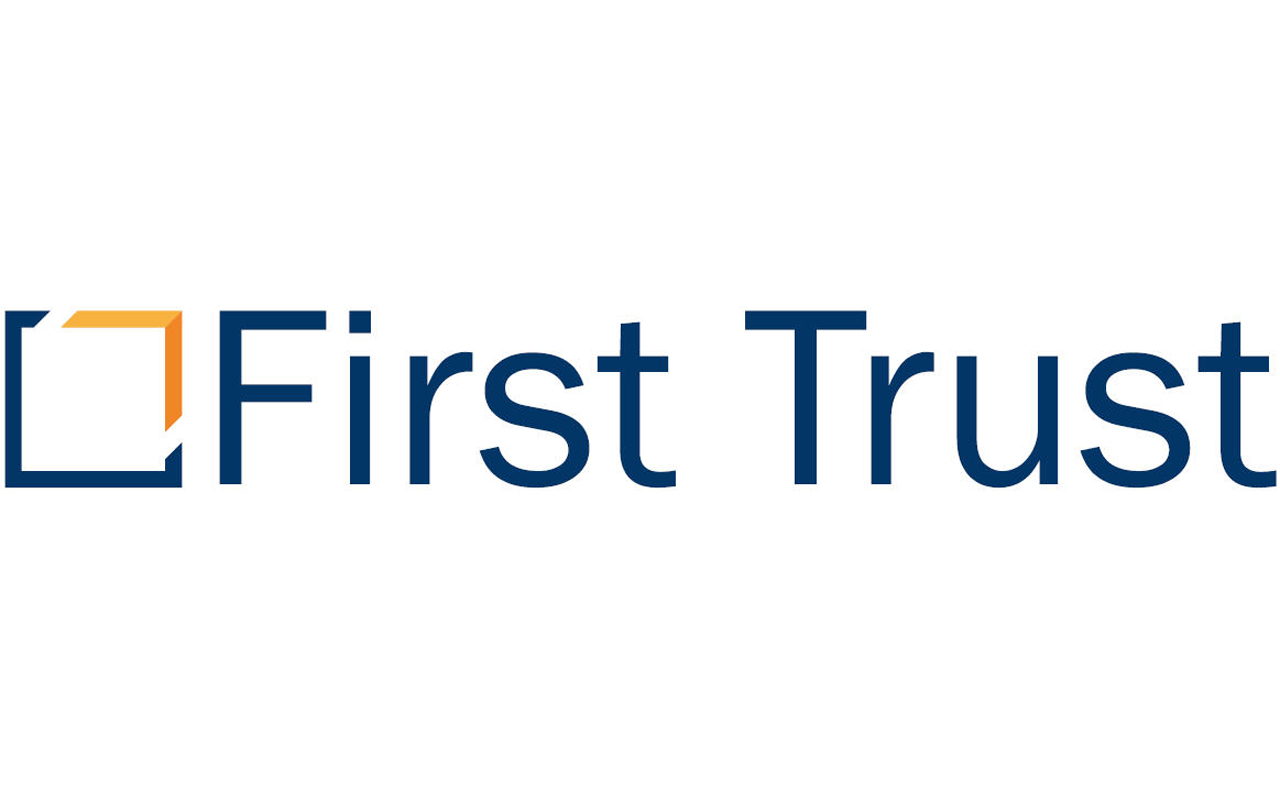
First Trust Cloud Computing ETF
- Market value: $1.7 billion
- Dividend yield: 0.6%
- Expenses: 0.3%
The First Trust Cloud Computing ETF (SKYY, $50.61) is a narrower strategy than the previously mentioned tech funds. Rather than investing in an entire sector of different businesses, SKYY is focused on the cloud computing market. That still provides a little business diversification – some companies are “pure play” direct service providers to “the cloud” (so, say, network hardware, storage or services) – while others simply use cloud services to their benefit. Still other holdings are larger conglomerates in which cloud operations are but one of several revenue streams.
How does that work in practice? One SKYY holding is VMware (VMW), which is a Dell subsidiary that specializes in cloud infrastructure and digital workspace technology. It literally helps other companies use the cloud. Another holding is Amazon.com, which has a massive cloud arm called Amazon Web Services (AWS), but also has other income drivers such as its e-commerce operations and Whole Foods brick-and-mortar locations. Meanwhile, another SKYY holding, Netflix (NFLX), merely operates within the AWS cloud to deliver streaming services to its customers.
Cloud computing is an increasingly important technological trend that’s helping to fill growing needs for high-powered computer processes for companies that simply can’t house the infrastructure themselves. As this industry grows, so too should the fortunes of SKYY.
Just understand the risks. This isn’t a terribly diversified fund, both in scope and number of holdings (20). So if this market broadly pulls back, SKYY will be particularly susceptible.
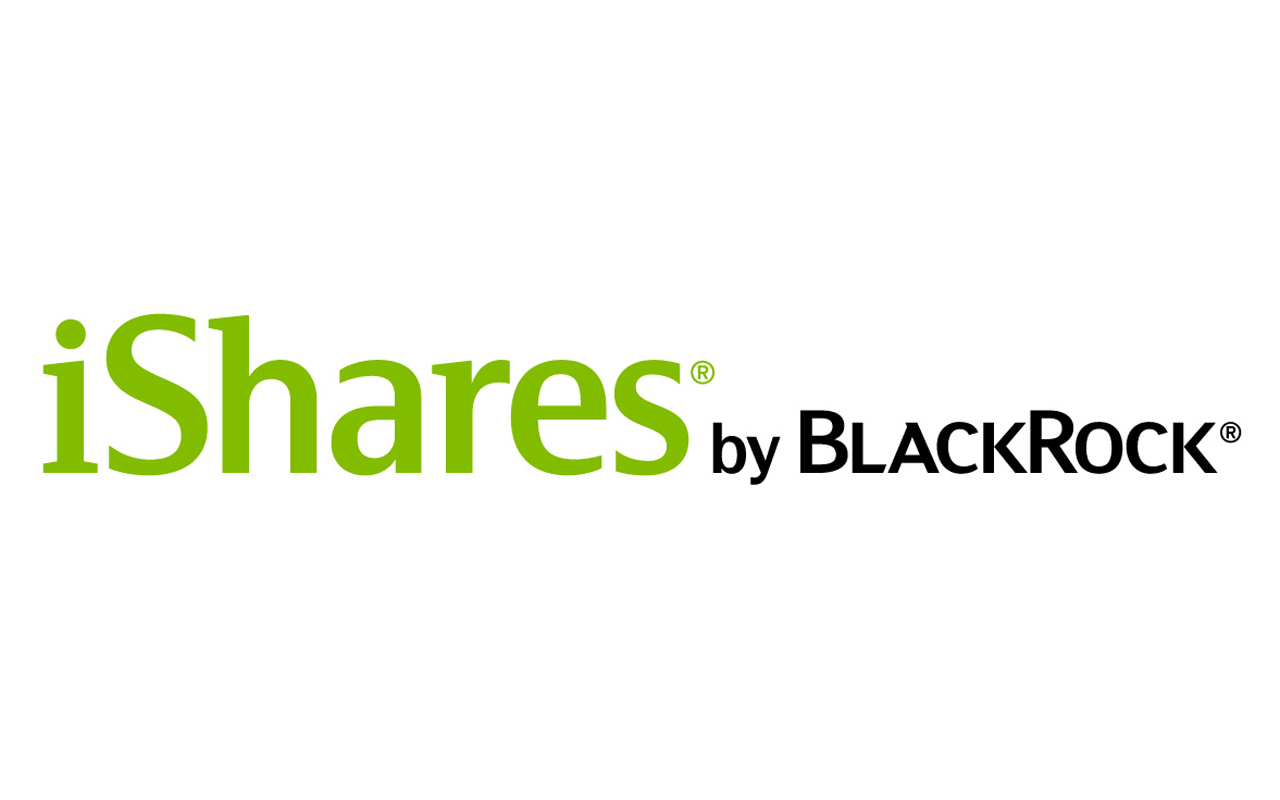
iShares Core S&P U.S. Growth ETF
- Market value: $5.3 billion
- Dividend yield: 1.2%
- Expenses: 0.04%
If you’re looking for more broad-based growth on the cheap, consider the iShares Core S&P U.S. Growth ETF (IUSG, $55.66). This index fund is among the cheapest ETFs on the market, just a single basis point above cellar dwellers such as Schwab U.S. Broad Market ETF (SCHB) and iShares Core S&P Total U.S. Stock Market ETF (ITOT).
That tiny expense ratio gets you access to more than 550 American growth stocks whose sales expansion exceeds the market average. It’s understandably heavy in tech stocks (30.8% of assets), but also has large holdings in health care (18.2%), consumer discretionary (13.7%) and communication (11.2%).
This is primarily a large-cap fund that includes stocks such as Apple, Microsoft, UnitedHealth (UNH) and Visa (V). The downside is they might not be as “growthy” as their smaller-cap counterparts, but they’re also far more financially equipped to handle broader economic downturns.

Vanguard Mega Cap Growth ETF
- Market value: $3.7 billion
- Dividend yield: 1.3%
- Expenses: 0.07%
- Vanguard Mega Cap Growth ETF (MGK, $112.64) takes the idea of large-cap growth and leans hard on the throttle. This dirt-cheap fund tracks the CRSP US Mega Cap Growth Index, resulting in a portfolio of 120 of the largest growth stocks that trade in the United States.
The holdings should be plenty familiar. Apple, Google parent Alphabet (GOOGL), Amazon.com, Facebook (FB), Home Depot (HD) and Boeing (BA) are also massive components of both broader-market indices such as the S&P 500, as well as growth-oriented indices.
MGK differs a bit from other large-cap growth strategies in that while technology is still high (30.4%) it favors consumer services (22.4%) over healthcare (10.6%). Financials (12.1%) and industrials (12.4%) also feature prominently in this portfolio.
There’s nothing novel about this strategy, and it certainly screams “safe” – maybe too safe, at first blush. But the performance is there. MGK has outdone the S&P 500 over every meaningful time period, including a 15.6%-14.1% advantage on average over the past decade.

iShares Russell 1000 Growth ETF
- Market value: $39.8 billion
- Dividend yield: 1.1%
- Expenses: 0.2%
You can also head in the other direction, focusing on small caps like those found in the PRDSX, but through a much cheaper index-ETF wrapper.
The iShares Russell 1000 Growth ETF (IWF, $137.81) is another inexpensive ETF that has outdone the S&P 500 seemingly religiously over every meaningful time period, including a 15-year return of 9.1% (vs. the index’s 8.4%), and a 10-year return of 16.1% (vs. 14.1%).
What’s perhaps most surprising, though, is IWF’s stellar return in such a volatile 2018. Investors typically eschew small-cap companies when market uncertainty is high, as smaller companies tend to have weaker balance sheets, fewer revenue streams and less access to capital than large-cap firms. Yet in a year that has seen the S&P 500 barely return above breakeven, the IWF’s army of more than 540 holdings has put together a respectable 3.2% performance.
The ETF’s outperformance has also come with less volatility than one might expect from a small-cap fund. IWF’s beta (a measure of price swings) is 1.1; anything above 1 is considered more volatile than the S&P 500. Thus, existing shareholders have traded only slightly more volatility for reliably better performance for years.
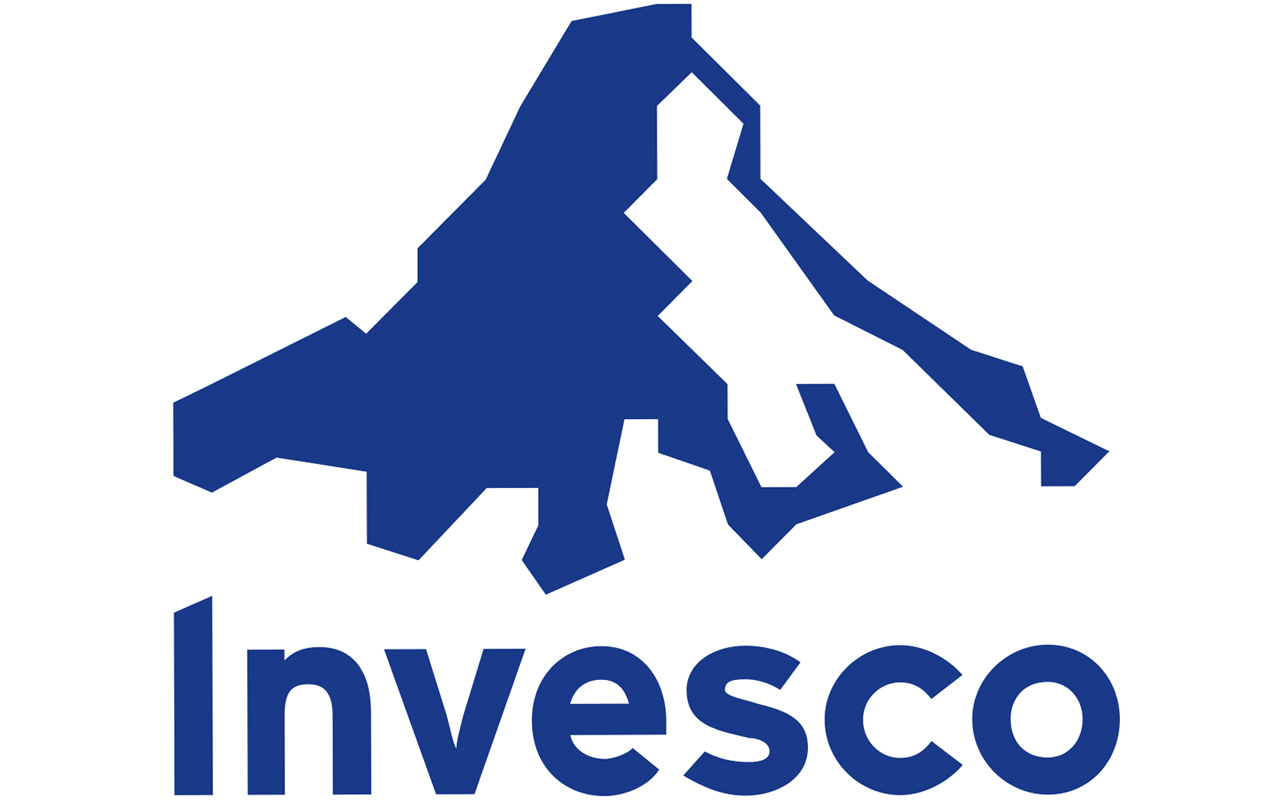
Invesco DWA Momentum ETF
- Market value: $1.4 billion
- Dividend yield: 0.1%
- Expenses: 0.63%
The Invesco DWA Momentum ETF (PDP, $50.73) is, in a way, the most on-the-nose bet on a bull market.
The PDP tracks the Dorsey Wright Technical Leaders Index – a Nasdaq-based index that ignores fundamentals and focuses instead on pure momentum. It essentially scores stocks based on their intermediate- and long-term returns compared to a benchmark index, then selects the 100 best-scoring stocks and weights them by their scores.
This seems to run counter to the idea that past performance isn’t indicative of future returns, but PDP’s system actually works – sometimes. It does tend to be slightly more volatile than the S&P 500, but not by much. It also tends to work better in certain situations, such as when the market is in recovery mode. PDP outperformed in 2009 and 2010, then again in 2017 following a rocky 2016.
That said, you can’t necessarily count on PDP to have a fixed makeup. At the moment, tech stocks are king at 27.9% of the fund, followed by industrials 21.7% and consumer discretionary (18.9%), but the ETF’s portfolio will change along with the ebb and flow of the market.

Invesco S&P SmallCap Health Care ETF
- Market value: $1.1 billion
- Dividend yield: 0%
- Expenses: 0.29%
The Invesco S&P SmallCap Health Care ETF (PSCH, $120.91) combines the lofty upside potential of small caps in general with the idea that high-growth sectors are the way to play a continued market upswing.
PSCH is a portfolio of fewer than 70 small-cap stocks in the health care sector, including providers and services (28.6%), equipment and supplies (25.1%), biotechnology (19.7%), pharmaceuticals (13.3%), health care technology (10.3%) and a smattering of life sciences tools and services.
That biotechnology weight is important, as it helps fold in some of the explosive upside of biotech stocks, which can jump by double digits on a single set of trial data, but doesn’t overly expose the fund to the similarly stark downside should a company’s lone pipeline drug face a setback.
Invesco S&P SmallCap Health Care – a Morningstar five-star ETF – is a sector fund with turbo. It has greatly outperformed the Health Care Select Sector SPDR ETF (XLV) over every meaningful time period since inception, including a 22.7%-11.1% drubbing year-to-date. The disparity is plenty wide in the trailing three-year (20.1%-10.8%) and five-year (18.4%-12.7%) periods, too.
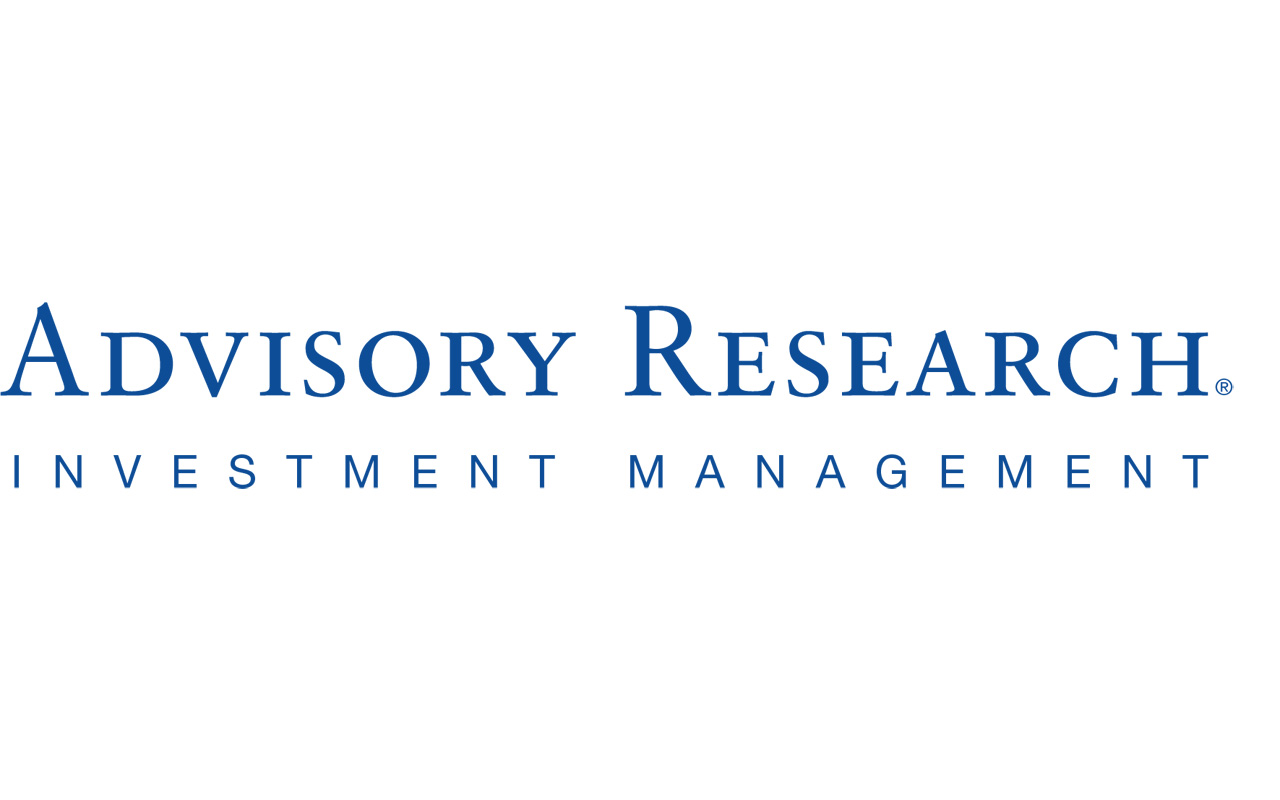
Advisory Research MLP & Energy Income Fund
- Market value: $823.4 million
- Dividend yield: 9.4%
- Expenses: 1.4%*
Oil was a dog in 2018. While crude oil increased from about $66 at the start of the year to about $75 midway through, the bottom eventually fell out, sending the price down to about $50 per barrel, where it remains today.
That said, oil-producing companies are starting to rein in production, and recovering economic activity worldwide should help boost demand. That in turn could mean good news for energy companies. Meanwhile, many energy transporters – such as master limited partnerships (MLPs), many of which simply collect fees as oil and gas pass through their infrastructure no matter what the price – are already standing strong against the energy-price downturn.
That seems to bode well for 2019’s prospects for the Advisory Research MLP & Energy Income Fund (INFRX, $7.39). This mutual fund holds a mix of 78% MLP and energy infrastructure equities – such as Kinder Morgan (KMI) and Plains GP Holdings LP (PAGP) – and 22% high-yield bonds to deliver a mix of potential energy upside as well as high income.
Fair warning: This fund has seen pretty lackluster performance recently that has dragged on its intermediate-term returns. But an oil recovery in 2019 could mean big things for this income-heavy mutual fund.
* Note: This fund also has a maximum 5.5% sales charge on it’s A class shares. Loads and fees differ depending on share class.
Profit and prosper with the best of Kiplinger's advice on investing, taxes, retirement, personal finance and much more. Delivered daily. Enter your email in the box and click Sign Me Up.

-
 Holiday Tax Scams: 'Tis the Season to be Wary
Holiday Tax Scams: 'Tis the Season to be WaryTax Scams Navigating tax tricks of the holiday season may be daunting, but don't let that destroy your festive spirit
-
 Metro by T-Mobile Is Giving Away This Samsung Galaxy A16: Which Plans Are Eligible?
Metro by T-Mobile Is Giving Away This Samsung Galaxy A16: Which Plans Are Eligible?Metro by T-Mobile is offering free Samsung Galaxy A16 phones on eligible plans right now. Here’s how the deal works.
-
 I Drive and Collect Classic Cars: Here’s How I Got Started
I Drive and Collect Classic Cars: Here’s How I Got StartedAre classic cars a hobby or an investment strategy — or both? Either way, the vintage car scene is much cooler and more affordable than you think.
-
 What Fed Rate Cuts Mean For Fixed-Income Investors
What Fed Rate Cuts Mean For Fixed-Income InvestorsThe Fed's rate-cutting campaign has the fixed-income market set for an encore of Q4 2024.
-
 The Most Tax-Friendly States for Investing in 2025 (Hint: There Are Two)
The Most Tax-Friendly States for Investing in 2025 (Hint: There Are Two)State Taxes Living in one of these places could lower your 2025 investment taxes — especially if you invest in real estate.
-
 The Final Countdown for Retirees with Investment Income
The Final Countdown for Retirees with Investment IncomeRetirement Tax Don’t assume Social Security withholding is enough. Some retirement income may require a quarterly estimated tax payment by the September 15 deadline.
-
 The 24 Cheapest Places To Retire in the US
The 24 Cheapest Places To Retire in the USWhen you're trying to balance a fixed income with an enjoyable retirement, the cost of living is a crucial factor to consider. Is your city the best?
-
 Dividends Are in a Rut
Dividends Are in a RutDividends may be going through a rough patch, but income investors should exercise patience.
-
 Municipal Bonds Stand Firm
Municipal Bonds Stand FirmIf you have the cash to invest, municipal bonds are a worthy alternative to CDs or Treasuries – even as they stare down credit-market Armageddon.
-
 High Yields From High-Rate Lenders
High Yields From High-Rate LendersInvestors seeking out high yields can find them in high-rate lenders, non-bank lenders and a few financial REITs.
-
 Time to Consider Foreign Bonds
Time to Consider Foreign BondsIn 2023, foreign bonds deserve a place on the fringes of a total-return-oriented fixed-income portfolio.
